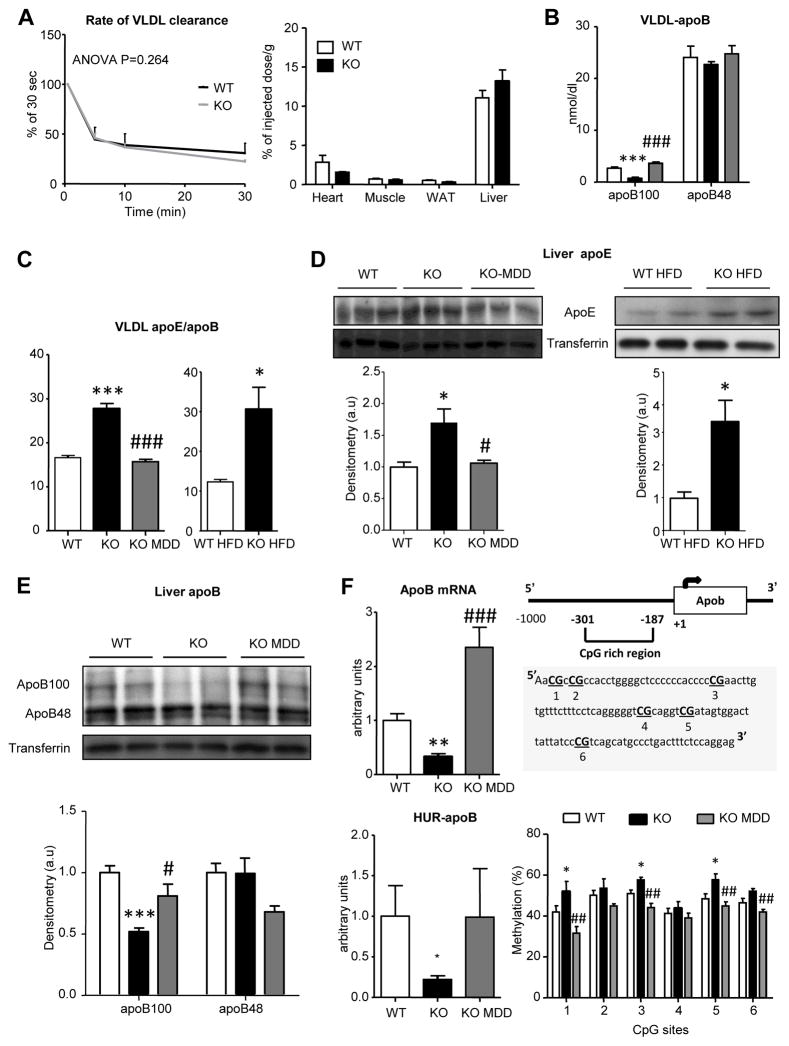Figure 4. Specific VLDL features in GNMT-KO mice are linked with increased VLDL clearance.
Wild type (WT), GNMT-KO (KO), GNMT-KO mice fed a MDD (KO MDD), wild type mice fed a high fat diet (WT HFD) and GNMT-KO mice fed a HFD (KO HFD) were fasted 2 hours. (A) VLDL clearance rate was measured after intravenous administration of radiolabeled VLDL particles. The percentage of injected radiolabel dose per gram of tissue was calculated. Before 1 g/kg poloxamer (P-407) injection and 6 hours later, VLDL were isolated from serum and characterized for (B) apoB and apoE content. (C) The ratio apoE/apoB was calculated. Liver apoE (D) and apoB (E) content in liver from mice was assessed by immunoblotting using transferrin as loading control. (F) Quantitative RT-PCR analysis of apoB mRNA. Binding of apoB mRNA to HuR was evaluated in livers by immunoprecipitation followed by quantitative real-time PCR. The % of methylation of CpG sites in apoB promoter was assessed by bisulfite pyrosequencing. Values are mean±SEM of 4–6 animals per group. Statistical differences between GNMT-KO and WT mice are denoted by *p<0.05; **p<0.01; ***p<0.001 (Student’s t test) and by two-way ANOVA; between GNMT-KO and GNMT-KO fed a MDD are denoted by # p<0.05; ## p<0.01; ### p<0.001 (Student’s t test).

